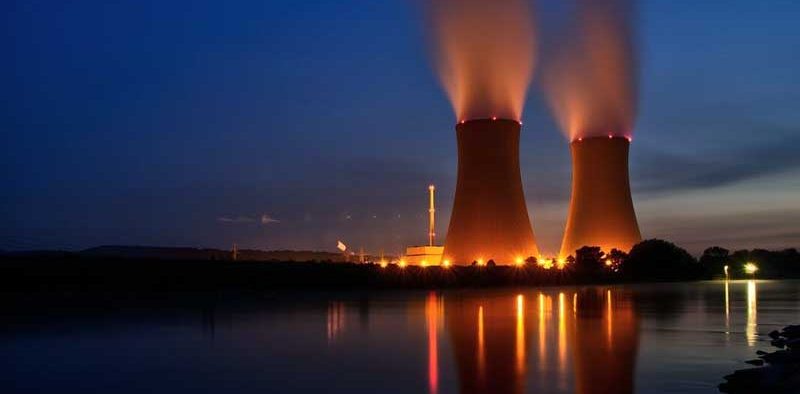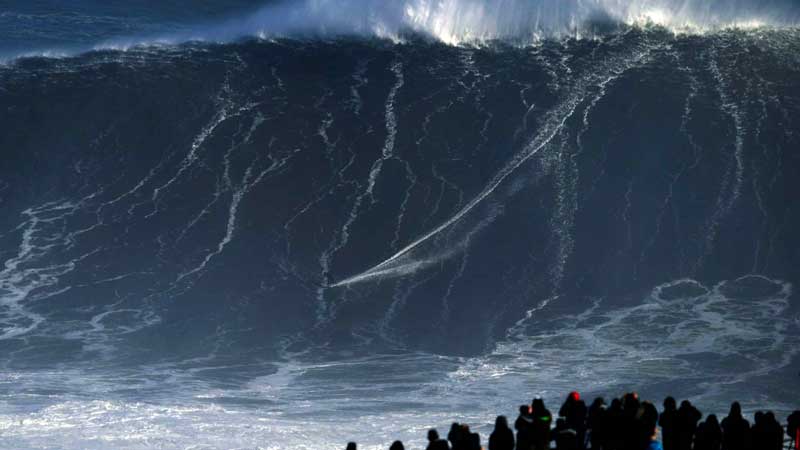Nuclear Plants of Pakistan and India are at risk from Tsunami

Nuclear power plants are located along coasts because their enormous cooling needs can be taken care of easily and cheaply by making using abundant seawater. A major tsunami in the northern Arabian Sea could severely impact the coastlines of India and Pakistan, which are studded with sensitive installations including several nuclear power plants. A magnitude 9 earthquake is a possibility in the Makran subduction zone that would result in high tsunami waves. The researchers have called on Pakistan and India to take this impending threat into account while conducting hazard perceptions of the sensitive installations along the coastlines. A future tsunami may devastate the coasts of Iran, Oman, Pakistan, and India.
Power Plants of Pakistan and India in danger:
Pakistan:
Along the Arabian coastline, Pakistan has Karachi Nuclear Power Plant (KANUPP) contributing 90 MW electricity to the national grid. KANUPP’s generation capacity is set to be increased after the completion of KANUPP-II and –III in 2021 and 2022 respectively. Both KANUPP-II and –III will collectively add 2200 MW electricity to the national grid. Following that, KANUPP will account for 10% of Pakistan’s total power generation capacity. This will be a very great loss for Pakistan if KANUPP faces Tsunami.
India:
Atomic power stations functioning along the Arabian Sea include Tarapur (1,400 megawatts) in India’s Maharashtra state, Kaiga (being expanded to 2,200 megawatts) in Karnataka state. A mega nuclear power plant coming up at Jaitapur, Maharashtra will generate 9,900 megawatts, while another project at Mithi Virdi in Gujarat may be shelved because of the public opposition. Well, India will face a greater loss than Pakistan because it is a serious threat to very big nuclear power plants of India.
How will the tsunami be caused?
Earlier studies, such as the one published in 2013 in Geophysical Research Letters, have indicated that tsunamis, similar in magnitude to the one caused by the 2004 Sumatra earthquake, could occur at the Makran subduction zone where the Arabian plate is subducting beneath the Eurasian plate by about 1.5 inches per year. According to the 2013 study, the Makran is a wide-potential seismogenic zone that may be capable of generating a very significant (greater than 8.5 in magnitude) tsunamigenic earthquake that poses risks to the coastlines of Pakistan, Iran, Oman, and India.
“The tsunami risk and vulnerability of the west coast has not received adequate attention in spite of a history of occurrence in the past as curated by the authors as well as previous studies,” says Menon, who adds that it is worth noting that there are far more sensitive installations around the northern Arabian Sea than in the Andaman-Sumatra region.











